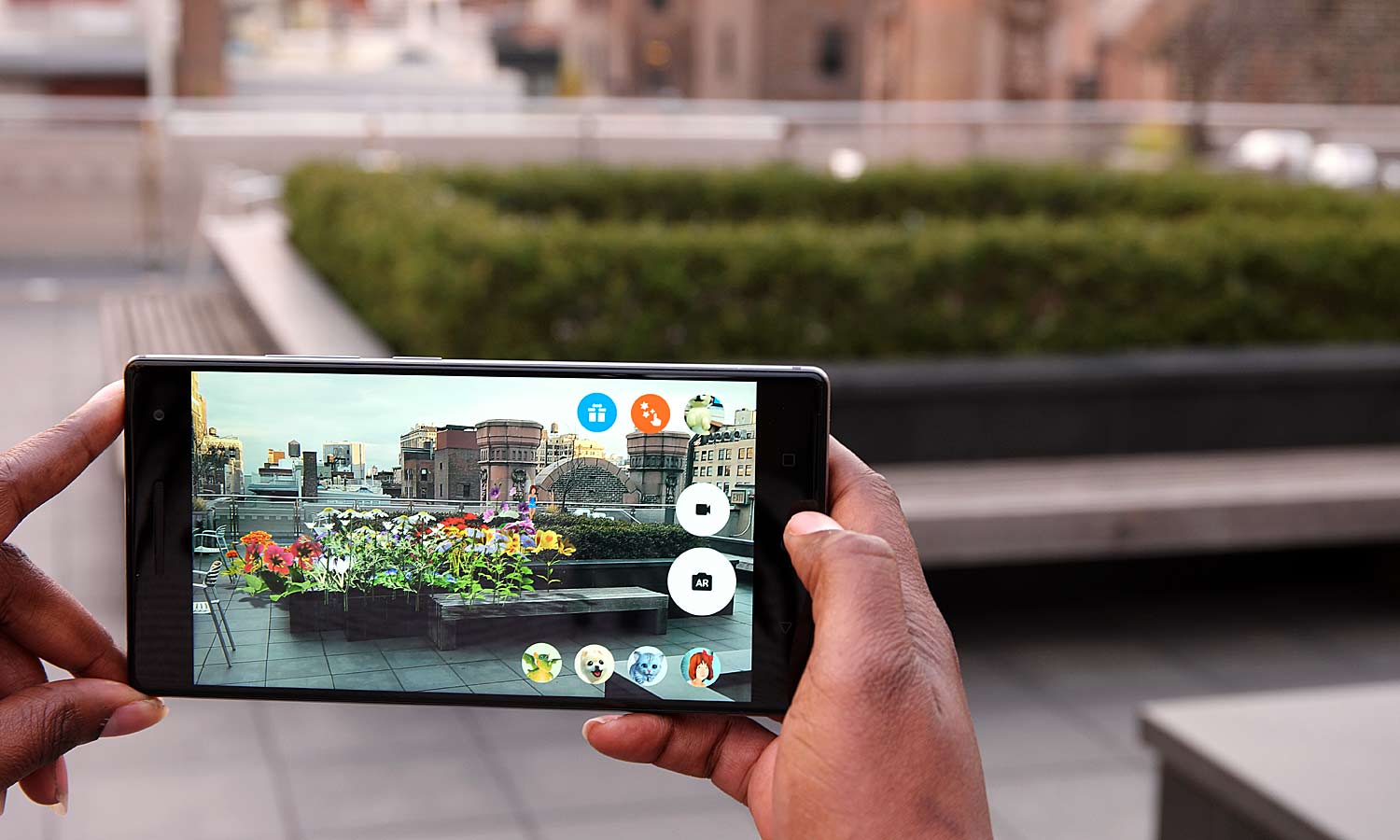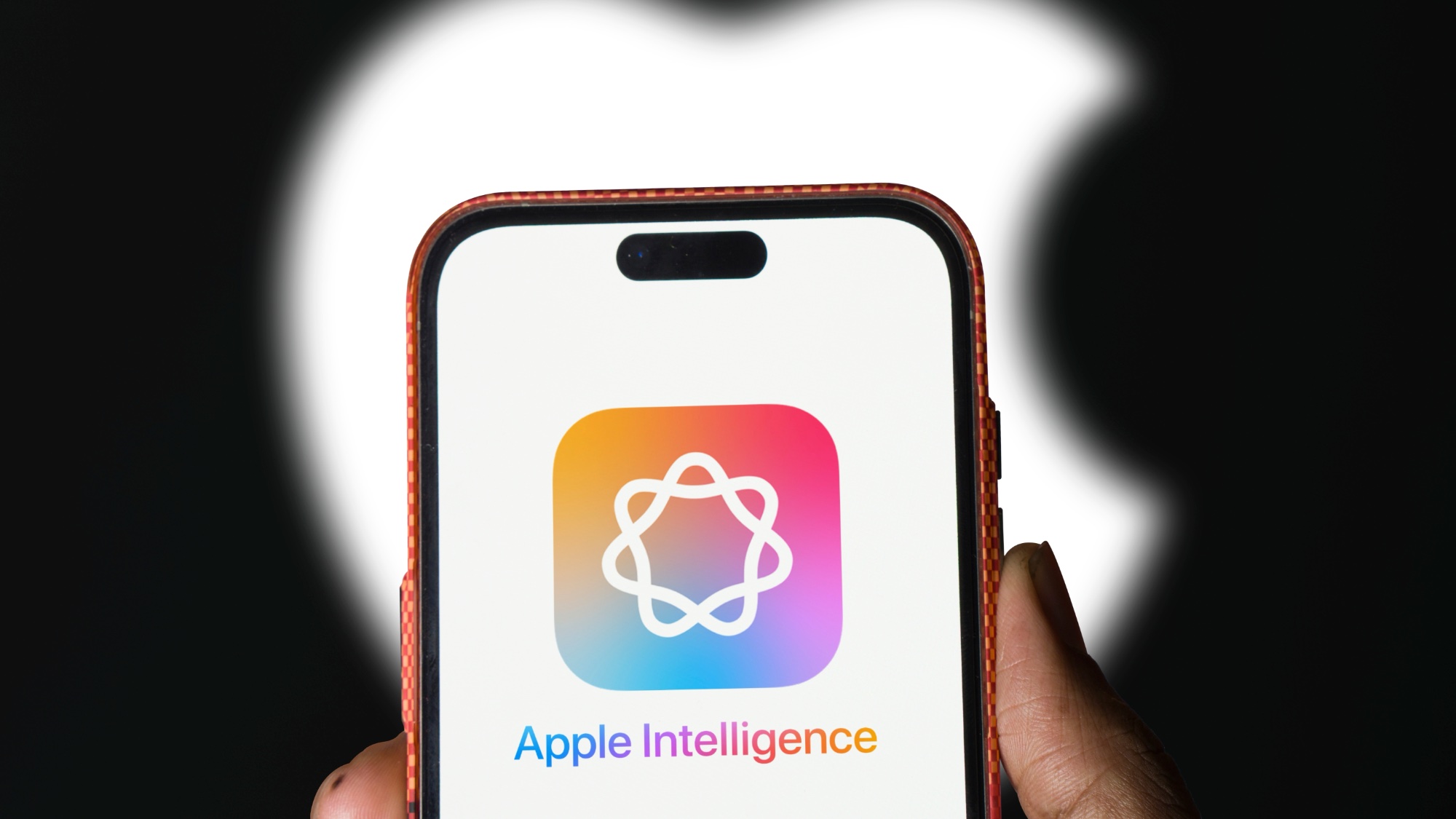The Music Stops for Google's Project Tango
In a tweet, Google announced it would end support for Tango in March to focus its AR efforts on the ARCore software development tools.
Google's decided it's no longer time to Tango. The software giant announced today (Dec. 15) that it's shutting down Project Tango to focus its augmented reality efforts on its ARCore development tools
The announcement came on Twitter from the Project Tango account. "We’re turning down support for Tango on March 1, 2018," the tweet read. "Thank you to our incredible community of developers who made such progress with Tango over the last three years. We look forward to continuing the journey with you on ARCore."
Tango was Google's ambitious effort to build augmented reality into mobile devices. The project involved equipping smartphones with 3D depth sensing and motion tracking technology so that they could run specially built AR apps. Project Tango apps included ones that allowed you to superimpose and resize dinosaurs in a real world environment or see how virtual furniture could fit into your home.
MORE: ARCore is Google's Answer to Apple's Augmented Reality Plans
The first Project Tango-built phone, Lenovo's Phab 2 Pro, debuted in 2016. It was followed by the Asus ZenFone AR, which arrived earlier this year.

And that was it. As Google was working with phone makers to develop Project Tango-ready hardware, rival Apple pushed forward with its own AR efforts. The result, ARKit, let app makers develop augmented reality apps that ran on a whole host of phones. All ARKit-ready apps require is an iPhone running iOS 11 and an A9 processor — there's no need for speciality hardware as even 2015's iPhone 6s and last year's iPhone SE can run apps built with ARkit.
Following ARKit's debut, Google unveiled its ARCore developer tools. We got a glimpse of just what people will be able to do with ARCore with this week's Android Oreo 8.1 update, which added AR stickers to the Camera app on Google's Pixel phones.
The arrival of ARCore was pretty much the writing on the wall for Project Tango. The software development tools mean that AR apps can work on a wider variety of Android devices instead of the limited and comparatively bulky Project Tango phones. The 7.1 x 3.5 x 0.4-inch Phab 2 Pro, for example, tipped the scales at 9.1 ounces. That's a lot of phone to have to tote around just to superimpose AR graphics on things.
Project Tango deserves a lot of credit for showcasing just what AR experiences could be like on a mobile device. But Google clearly wants to make those experiences available to more users, which means moving on from Tango.
- Best Augmented Reality Apps for iPhone, Android
- Most Anticipated Phones
- Augmented Reality Glasses: What You Can Buy Now (or Soon)
Sign up to get the BEST of Tom's Guide direct to your inbox.
Get instant access to breaking news, the hottest reviews, great deals and helpful tips.
Philip Michaels is a Managing Editor at Tom's Guide. He's been covering personal technology since 1999 and was in the building when Steve Jobs showed off the iPhone for the first time. He's been evaluating smartphones since that first iPhone debuted in 2007, and he's been following phone carriers and smartphone plans since 2015. He has strong opinions about Apple, the Oakland Athletics, old movies and proper butchery techniques. Follow him at @PhilipMichaels.

